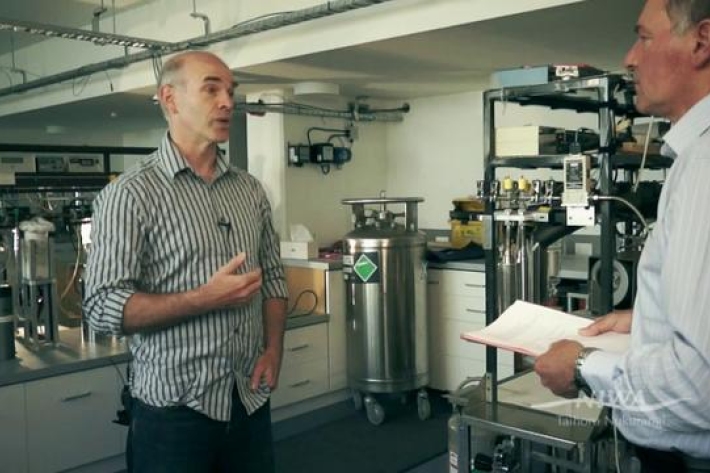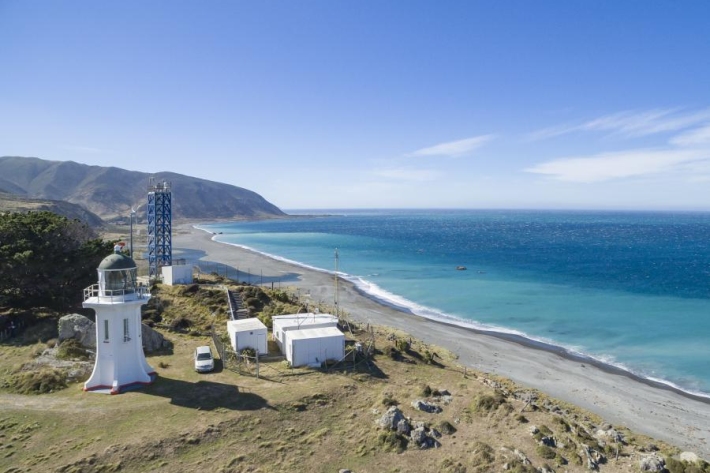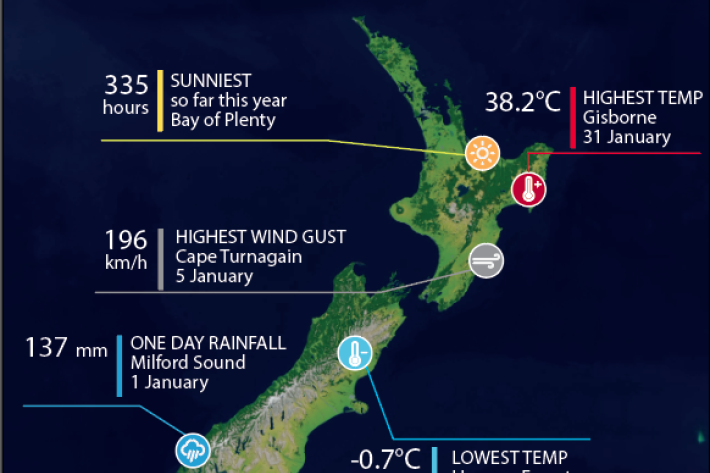-

What is Ocean acidification?
NIWA oceanographer Dr Cliff Law explains the impacts of ocean acidification on organisms that use carbonates to build their shells, and on bacteria. -

Carbon dioxide
FacilityAtmospheric carbon dioxide (CO2) is measured continuously at Baring Head, providing the longest running record of this type in the Southern hemisphere. -
Water diversion
Diverting water away from its natural channel for commercial or private use. -

Sediment and urbanisation
How does urbanisation increase sediments in waterways? -

Climate data and activities
We provide an overview of New Zealand climate data for use in school projects. -

Electronic Weather Station - NIWA EWS
These gather top-quality data and are used throughout New Zealand in the National Climate Network. -

Summer Series Week 4: Know your shells
News article06 June 2017If you're collecting sea shells at the beach this summer and wondering what they are, NIWA is here to help. -
Identification guides
Useful information and resources on New Zealand's marine flora and invertebrate fauna. -

Giant kōkopu
The largest member of the Galaxiidae family. -

Modified habitat
A habitat is an environment or place where animals normally live.
